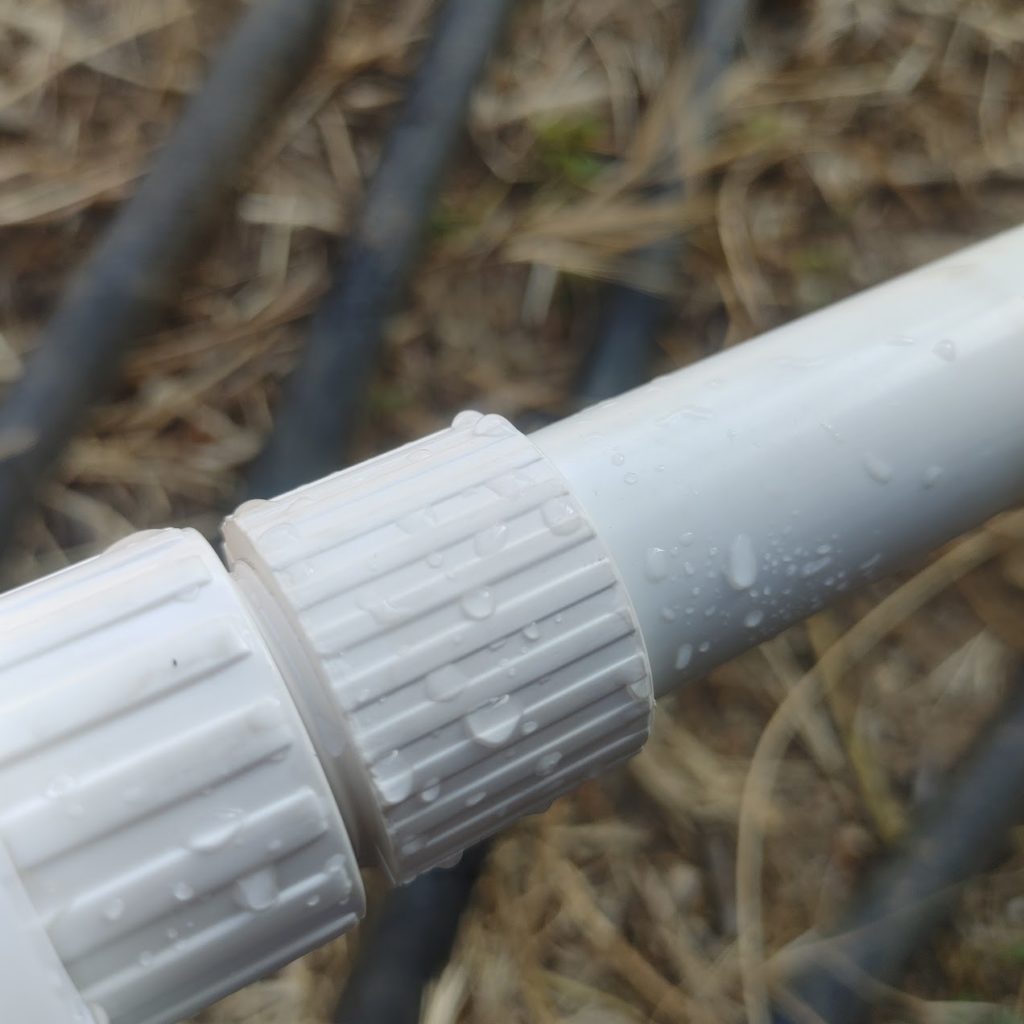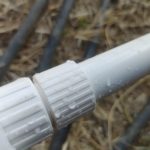Protecting Your Schedule-40 PVC Pipes: A Comprehensive Guide
Schedule-40 PVC pipes are a popular choice for various plumbing, irrigation, and industrial applications due to their durability, affordability, and versatility. However, like any material, they can be susceptible to damage if not properly protected. Whether you’re installing new pipes or looking to extend the life of existing ones, taking proactive measures to protect your Schedule-40 PVC pipes can save you time, money, and headaches in the long run. In this guide, we'll explore several effective strategies to ensure your pipes remain in top condition.

1. Proper Burial Techniques
One of the most common causes of damage to PVC pipes is improper burial. When pipes are buried too shallowly or without adequate protection, they can be damaged by surface activities, temperature changes, or shifting soil. Here’s how to do it right:
- Depth Matters: For most residential and commercial applications, bury Schedule-40 PVC pipes at least 12-18 inches below the surface. In areas with heavy vehicle traffic, deeper burial may be necessary to avoid crushing the pipes.
- Sand Bedding: Before laying the pipes, prepare a bed of sand in the trench. The sand acts as a cushion, absorbing impacts and preventing sharp rocks or debris from puncturing the pipes. After placing the pipes, cover them with another layer of sand before backfilling the trench with soil.
2. Insulation Against Temperature Extremes
PVC pipes are vulnerable to damage from extreme temperatures. Cold temperatures can cause them to become brittle and crack, while prolonged exposure to heat can weaken the material. To protect your pipes:
- Pipe Insulation: Wrap exposed pipes with foam insulation, which is available in various thicknesses. This insulation helps maintain a consistent temperature around the pipe, reducing the risk of freezing or overheating.
- Heat Tape: In regions with extremely cold winters, consider using heat tape along with the insulation. Heat tape provides a low level of warmth to prevent the water inside the pipes from freezing, which can lead to cracks or bursts.
3. Installing Protective Sleeves
Protective sleeves offer an additional layer of defense against physical damage. Whether your pipes are exposed or buried, sleeves can help absorb shocks and protect the PVC from external forces.
- Rigid Sleeves: For buried pipes, consider encasing them in larger diameter pipes made of a more durable material, such as metal or a thicker grade of PVC. This provides a buffer zone that shields the Schedule-40 PVC from impacts or heavy loads above ground.
- Flexible Conduit: In areas prone to soil movement or where pipes are subject to vibrations, flexible conduit can be used. This type of sleeve bends and flexes with the pipe, reducing the risk of stress fractures.
4. Shielding Pipes from UV Exposure
While PVC is known for its durability, prolonged exposure to ultraviolet (UV) light from the sun can cause the material to degrade. Over time, UV rays can break down the chemical bonds in PVC, leading to discoloration, brittleness, and eventual failure.
- UV-Resistant Paint: Applying a coat of UV-resistant paint to any exposed PVC pipes is a simple and effective way to protect them. The paint acts as a barrier, blocking UV rays and preventing the degradation process. Choose a paint specifically designed for plastics to ensure proper adhesion and long-lasting protection.
- Physical Coverings: Alternatively, cover exposed pipes with materials that block UV light, such as a tarp, PVC cladding, or even custom-made enclosures. This method is particularly useful for pipes that run along the exterior of buildings or are exposed in open areas.
5. Minimizing Physical Stress
Physical stress, whether from installation errors or external forces, can lead to cracks or leaks in PVC pipes. To prevent this:
- Avoid Over-Tightening: When installing Schedule-40 PVC pipes, it’s important to avoid over-tightening the connections. Over-tightening can cause cracks or weaken the pipe at the joints. Instead, tighten fittings just enough to create a secure seal.
- Support Your Pipes: Use pipe hangers or brackets to provide support at regular intervals. Unsupported pipes can sag over time, leading to stress at the joints or in the pipe itself. By evenly distributing the weight, you reduce the risk of damage.
6. Regular Inspections and Maintenance
Regular inspections can help catch potential problems before they escalate into major issues. Set up a routine to check your PVC pipes for signs of wear, cracks, or leaks.
- Routine Checks: Inspect the pipes for visible damage, especially after extreme weather events or if you notice changes in water pressure. Look for cracks, discoloration, or any signs of leakage.
- Maintenance Practices: Clear any debris or obstructions that could damage the pipes. For buried pipes, ensure the soil above them remains stable and free from heavy machinery or other potential hazards.
7. Protecting Against Chemical Exposure
Schedule-40 PVC pipes are resistant to a wide range of chemicals, but prolonged exposure to harsh substances can weaken the material over time.
- Avoid Harsh Chemicals: Keep the pipes away from chemicals that could cause corrosion or weaken the PVC. If the pipes are part of an industrial system, ensure that any chemicals being transported are compatible with PVC.
- Neutralization: If the pipes do come into contact with corrosive substances, make sure they are neutralized or flushed out promptly to prevent long-term damage.
Conclusion
By taking these protective measures, you can significantly extend the life of your Schedule-40 PVC pipes and ensure they remain in optimal condition. Proper installation, regular maintenance, and protection against environmental factors are key to preventing damage and maintaining the integrity of your plumbing or irrigation system. Investing in these strategies now can save you from costly repairs and replacements in the future.

